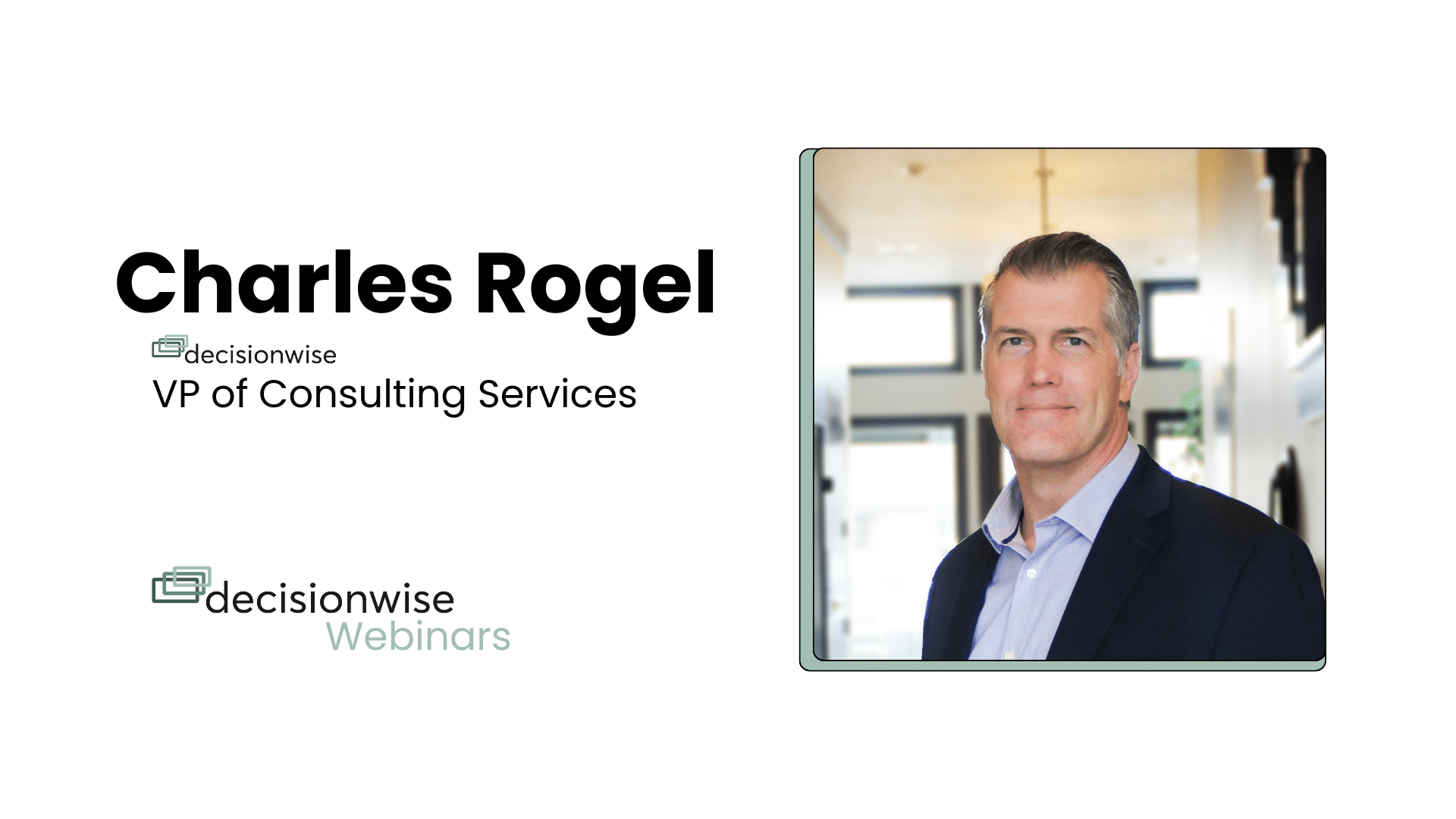Gratitude Can Increase Employee Engagement
Gratitude can increase employee engagement in an organization, but do employee engagement and gratitude go hand in hand? Gratitude is a concept valued universally as a pro-social aspect of human culture. It’s an idea that takes mindful practice in our personal lives, in our families, and even in our jobs. Recently, scientists have researched this concept and have found interesting connections with many aspects of well-being.
How Gratitude Affects Health
The Brain and Creativity Institute at USC’s Department of Psychology conducted an experiment exploring how gratitude affects the brain. As subjects experienced the feeling of gratitude, their brains were being monitored through magnetic resonance imaging (MRI). A feeling of gratitude stimulated parts of the brain associated with positive emotion and moral thinking; gratitude stimulates patterns in the brain that reinforce positivity.
Measure Employee Engagement At Your Company
The role of gratitude in heart failure patients was examined at the University of California, San Diego. The study found that feeling gratitude was associated with better sleep, a decrease in depression, decreased fatigue, and a more positive outlook on their ability to maintain cardiac function. Patients expressing gratitude also had lower levels of inflammation. The researchers concluded that efforts to increase gratitude may be an effective treatment for improving well-being in heart failure patients!
Clearly, gratitude is more powerful than we may have initially believed. So, what would happen if companies started to incorporate gratitude into their employee engagement strategies?
Gratitude and Employee Values
This past September, our company decided to test the effect of gratitude. We began with a planning meeting in our Employee Experience Council in which we decided that we could help our employees understand our values, get them to interact more, and increase gratitude—while having fun doing so. We created “tokens” (similar to small, paper game pieces) with our company values printed on one side. On the other side of the token, team members wrote how fellow employees were exemplifying and acting upon those values throughout the month.
On a personal level, I found it fun to walk away from my desk and come back to tokens that recognized both my small and large efforts. I became more mindful of others’ actions and trained myself to look for the good in others and see all the many ways they not only contribute to our organization but how they do it in a way that truly aligns with our values. This simple exercise created a significant boost in energy and comradery throughout the company.
Research conducted on gratitude by Michael McCullough (University of Miami) and Robert Emmons (UC Davis) has shown that people who frequently experience gratitude are happier, less depressed or anxious, more emphatic, and more helpful than people who do not have a grateful disposition. Interestingly, these characteristics are strikingly similar to those possessed by fully engaged employees. Yet, only 52% of organizations have formal employee engagement programs in place. Why? “Lack of knowledge about the benefits of employee engagement” was the most-cited response.
How Your Company Can Use Gratitude to Build Employee Engagement
Your company may be in that boat; they may not be willing to completely commit to a full-blown strategy. If that’s the case, you may have more luck persuading them to start with something simpler. Take advantage of the holiday season, where hearts are often softened. Try forming a specific team, council, or task force where members can brainstorm ways in which your company can increase an attitude of gratitude. See where that leads you.
Perhaps your organization lacks the time or resources for major “employee engagement initiatives.” Gratitude doesn’t have to be time-consuming, expensive, or extensive. Get creative. Find ways in which teams can nominate other employees for recognition. As we experienced with our company’s “values tokens activity,” this will encourage employees to be aware of and look out for the accomplishments and contributions of their colleagues. Try a company newsletter or a team recognition e-mail. Think about giving shout-outs to the people being nominated, even if they don’t win a Caribbean cruise or $800 for a posh hotel stay. Those shout-outs can be fun to hear, and a big morale booster. The point here is that gratitude isn’t expensive.
It is gratifying to see science verify what age-old wisdom has always known. The key to making this magic happen is to take the time to “experience” gratitude. It is “feeling” grateful and acting on that gratitude that creates the positive side effects in the brain. Commit to really testing the power of gratitude through small steps and goals. We hope that you and your company will enjoy the emotional, relational, and physical well-being that we have experienced here at DecisionWise.





